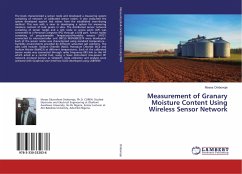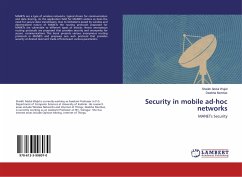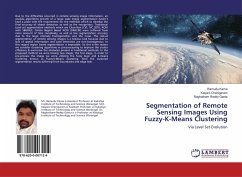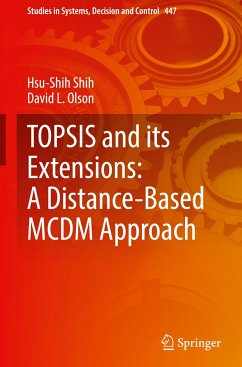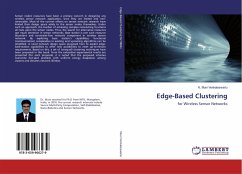
Edge-Based Clustering
for Wireless Sensor Networks
Versandkostenfrei!
Versandfertig in 6-10 Tagen
43,99 €
inkl. MwSt.

PAYBACK Punkte
22 °P sammeln!
Sensor nodes' resources have been a primary concern in designing any wireless sensor network application, since they are limited and non-renewable. Most of the current efforts on sensor network research have limited their design space solely to the sensor nodes themselves. Under such an approach, the burden of achieving complex networking functions all rests upon the sensor nodes. Thus, the search for alternative resources got much attention in sensor networks. Base station is one such resource abundant and constraint-free network component in wireless sensor network. By exploring base station...
Sensor nodes' resources have been a primary concern in designing any wireless sensor network application, since they are limited and non-renewable. Most of the current efforts on sensor network research have limited their design space solely to the sensor nodes themselves. Under such an approach, the burden of achieving complex networking functions all rests upon the sensor nodes. Thus, the search for alternative resources got much attention in sensor networks. Base station is one such resource abundant and constraint-free network component in wireless sensor network. By exploring base station's capabilities, functional (communication) complexities in existing and upcoming algorithms can be simplified. A novel network design space proposed here to exploit edge-base-station capabilities to offer new possibilities to meet up-to-minute requirements. Based on this, a set of (unequal) clustering techniques have been proposed in this book. From the exhaustive experimental results are presented (for each proposal), it is noted that the proposed schemes overcome hot-spot problem with uniform energy dissipation among clusters and elevates network lifetime.




